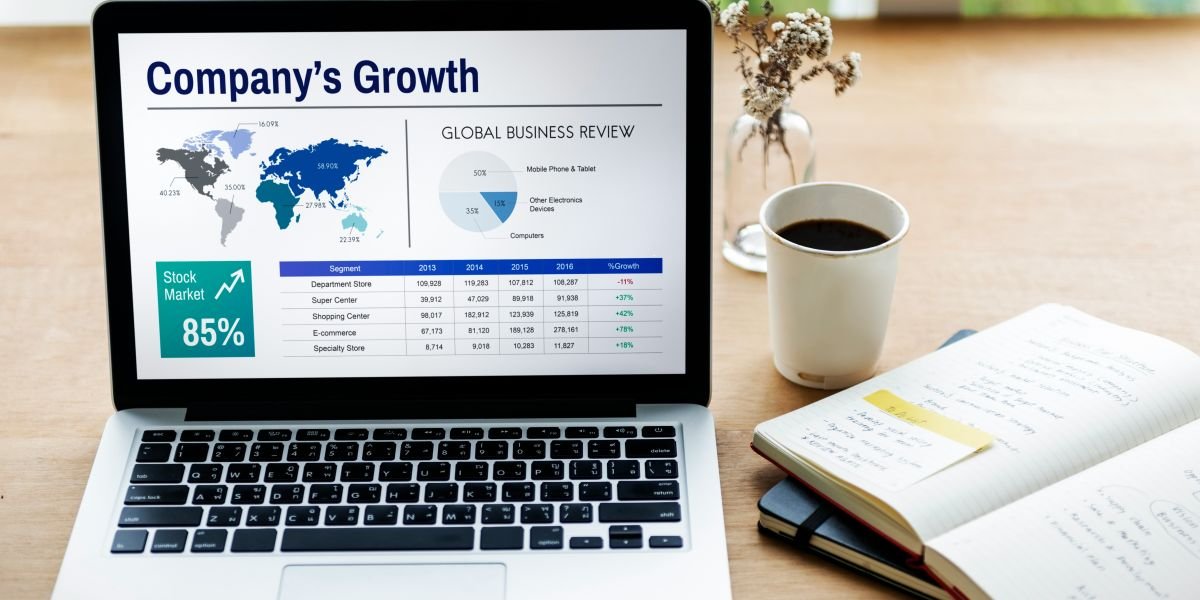AI-generated fake content is shaking up the e-commerce world in ways that were once hard to imagine. What seemed like an exciting new technology is now causing some serious concerns about trust, the quality of products, and the overall reliability of online shopping platforms. From fake product listings and counterfeit goods to manipulated reviews, these AI-created fakes are making a big economic impact that’s being felt across the industry. As this technology advances, businesses and shoppers alike are grappling with the fallout, leading to a growing need for solutions.
Read also: How AI Chatbots Are Enhancing Mental Health Care
What Is the Economic Impact of AI-Generated Fakes in E-Commerce?
AI tools have made it easier than ever to generate convincing fake content. From images to product descriptions, these tools can create entire listings that look just like the real deal but are entirely fabricated. The financial impact on e-commerce is significant, with businesses losing money from both lost sales and damage to their reputations. Consumers, too, are feeling the effects when they receive products that don’t match what was promised online.
The fake listings aren’t just a minor inconvenience, they’re a major issue. AI-generated images may appear professional, even showcasing high-quality products, but they’re often misleading. What’s worse, these fake listings often lead to disappointed shoppers when the products they buy turn out to be nothing like what they expected. It’s an issue that costs e-commerce businesses in more ways than one. Not only do they face lost revenue from fraudulent sales, but they also spend valuable resources trying to fix the damage done by these fake listings.
How Do AI-Generated Fakes Affect Consumer Trust in E-Commerce?

Photo Credit: Unsplash.com
When people shop online, they rely heavily on trust. They trust the platforms they’re buying from and the products they’re purchasing. When AI-generated fakes are introduced into the mix, that trust begins to erode. As more and more consumers fall victim to deceptive AI-created listings, they become more cautious and skeptical about where they shop.
One of the most harmful consequences of AI-generated fakes is the impact on consumer behavior. Once a customer feels tricked, they’re less likely to return to the same platform or make future purchases from a seller who’s been involved in any sort of fake content. It’s not just about individual purchases, either. Over time, this kind of behavior can tarnish a whole brand or platform’s reputation.
Fake reviews are another major problem. AI doesn’t just stop at generating fake product images, it can also create fake reviews that make products look far more appealing than they really are. Shoppers looking at reviews may be fooled into thinking that a product is well-loved by others, only to be disappointed when they try it themselves. This manipulation of customer opinions creates a cycle of mistrust and frustration that can be difficult to break.
What Are the Financial Costs of AI-Generated Fakes for Businesses?
The financial toll of AI-generated fakes doesn’t just affect consumers, it hits businesses hard, too. Beyond lost sales, companies dealing with fake listings must also face the costs of repairing their reputations. When customers buy counterfeit products, they often feel misled and may turn to competitors in the future. This means that the impact is long-term, and rebuilding trust in the marketplace can be a costly, time-consuming process.
Additionally, businesses now have to invest in software and legal solutions to combat the rise of AI-generated fakes. Many companies are turning to advanced detection tools to identify and remove fraudulent listings. These tools are essential, but they come with a price tag. As businesses continue to face mounting pressure to protect their brand, they are forced to increase their spending on these prevention measures, leading to higher operational costs.
Legal and compliance issues also come into play. As governments and e-commerce platforms begin to introduce regulations to combat AI-generated fakes, businesses will need to adapt quickly to ensure they stay in compliance. New laws or guidelines may require them to prove that their listings are authentic or disclose when AI technology has been used. These added requirements could lead to further expenses and even fines if businesses fail to meet legal standards.
How Can E-Commerce Platforms Combat the Rise of AI-Generated Fakes?
E-commerce platforms play a central role in addressing the issue of AI-generated fakes. Without proper measures in place, fake listings can flood the marketplace, making it difficult for consumers to distinguish between real and fraudulent products. Fortunately, there are several steps that platforms can take to reduce the spread of AI-generated fakes.
For one, platforms can implement more rigorous verification processes for sellers. This would ensure that the products being sold are authentic and that images used in listings aren’t artificially created or altered. In addition to this, platforms could require proof of product authenticity, especially when high-quality images or descriptions are involved. This would provide an extra layer of protection for consumers and create a more reliable shopping experience.
Another useful solution is the use of AI and machine learning tools to detect fake listings. These systems can analyze product images, descriptions, and even reviews to identify patterns that might suggest the presence of AI-generated content. While these systems are still evolving, they represent an important step in combating fake content on e-commerce platforms.
On top of that, e-commerce platforms can educate their customers on how to spot fake listings and reviews. Shoppers can be taught to look out for red flags, like overly polished product images or suspiciously glowing reviews that don’t seem to match the product. Providing consumers with the tools to make more informed decisions can help reduce the overall impact of AI-generated fakes.
Read also: The Dynamics of E-commerce: Reshaping the Retail Landscape
What Legal and Ethical Issues Are Linked to AI-Generated Fakes in E-Commerce?

Photo Credit: Unsplash.com
The use of AI-generated fakes brings up several legal and ethical concerns, particularly around intellectual property. For example, when counterfeit images or product descriptions are created using AI, they may unintentionally violate copyright laws. Businesses that find their products being used in these fakes may seek legal action, and e-commerce platforms may be held responsible for hosting such listings.
There are also significant safety concerns. Fake electronics, for instance, could look identical to legitimate products but might not meet safety standards. This poses a risk to consumers who purchase these items, potentially putting their health and safety in jeopardy. If these products cause harm, the legal consequences for both sellers and e-commerce platforms can be severe, ranging from lawsuits to potential shutdowns.
As AI-generated fakes continue to grow, legal systems around the world will likely need to introduce new regulations to protect businesses and consumers. These laws will need to address both the intellectual property issues and the consumer safety risks associated with AI-generated content, creating a framework that can help mitigate the rise of counterfeit products online.
The rise of AI-generated fakes in e-commerce is having a profound economic impact on businesses, consumers, and online platforms alike. As these technologies continue to advance, the challenges they present will only become more complex. E-commerce platforms and businesses will need to continue developing and implementing strategies to protect both themselves and their customers. While the solutions may be multifaceted, the need for a collective effort to preserve trust and integrity in online marketplaces has never been clearer. By embracing technology, improving verification processes, and educating consumers, there is hope for a safer, more reliable online shopping experience for everyone involved.












